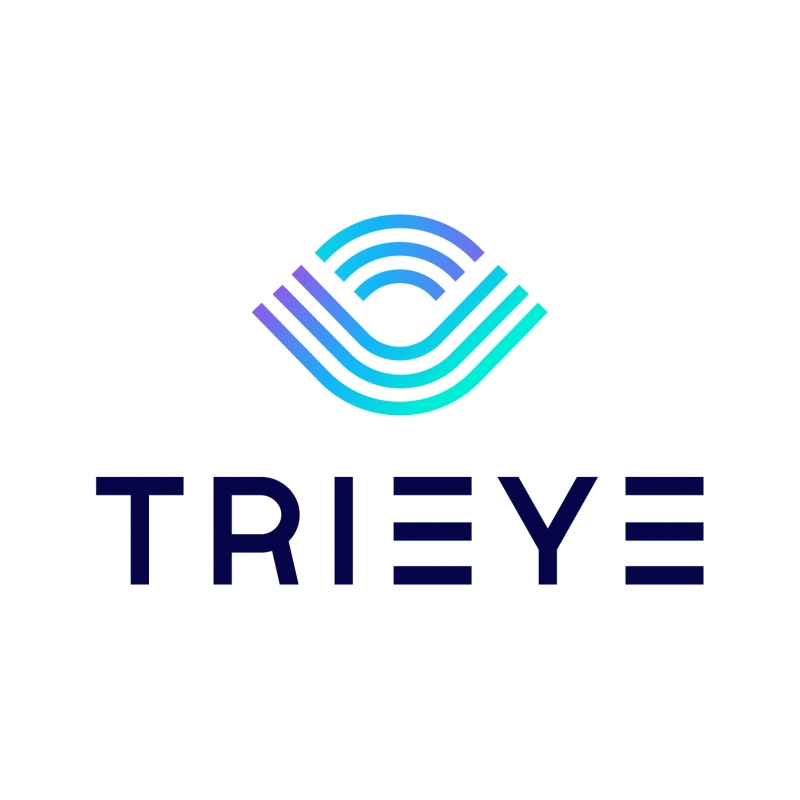| Tuesday, November 10, 2020 | |
Session 1: Roadmap of Automotive Semiconductors |
|
| 10:00 | Opening Remarks by the Session Moderator |
| 10:05 | Market Updates, Autonomous Sensors and Future Applications, Dexin Chen, Automotive Analyst, IHS |
| 10:20 | Market Updates Power Electrification Sensors |
| 10:45 | SiC in the Automotive Supply Chain |
Simon Price, CEO, Exawatt SiC in the Automotive Supply Chain
 Abstract Biography |
|
| 11:05 | Panel Discussion: The Way Forward on the Usage of Silicon Carbide (SiC) in Automotive Applications |
Simon Price, CEO, Exawatt

Biography |
|
| 11:50 | Networking Break |
Session 2: Powertrain Electrification |
|
| 12:30 | Opening Remarks by Session Chair |
| 12:35 | GAAC Updates on Standards Harmonization and Alignment with International Bodies |
| 12:55 | Enabling Electrification in the Automotive Industry – From Mild Hybrid to (B)EV and High Voltage Networks |
| 13:15 | Presentation Reserved for Program Sponsor |
| 13:35 | Gallium Nitride Technology to Meet Automotive High Reliability Requirements |
Kurt Smith, VisIC Technologies Gallium Nitride Technology to Meet Automotive High Reliability Requirements
 Abstract Biography |
|
| 13:55 | Beyond 48V Power Supply Systems: Supporting High Voltage in New Generation Vehicles |
| 14:15 | Networking Break |
Session 3: The Rise of Autonomous |
|
| 14:40 | Opening Remarks by Session Chair |
| 14:45 | Next Generation Radar- a Game Changer for Truly Safe and Smart Mobility |
Kobi Marenko, Founder and CEO, Arbe Next Generation Radar- a Game Changer for Truly Safe and Smart Mobility
 Abstract Biography |
|
| 15:05 | Short-Wave Infrared Breaking the Status Quo - Identifying Hazards on the Road and Solving the Low Visibility Challenge |
Ziv Livne, VP Product and Business Development, TriEye Short-Wave Infrared Breaking the Status Quo - Identifying Hazards on the Road and Solving the Low Visibility Challenge
 Abstract Biography |
|
| 15:25 | How to Support the Functional Safety Requirements of the Automotive Industry |
Antoine AMADE, Senior Director, EMEA/NA Entegris Automotive Program, ENTEGRIS How to Support the Functional Safety Requirements of the Automotive Industry
 Abstract Biography |
|
| 15:45 | Reserved Sponsored Presentation |
| 16:05 | Edge Computing and Computing Infrastructure in Cars |
| 16:25 | Final Opportunity for Q&A |